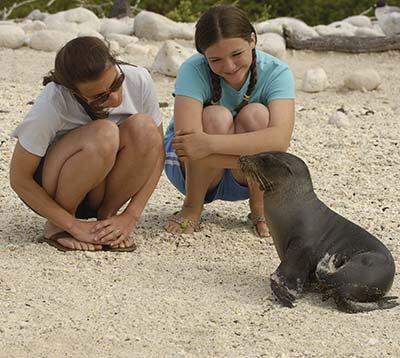Top tourist attractions
- Plaza de Armas of Cusco: Cusco’s main square, known in the Inca era as Huacaypata or The “square of the warrior”.
- Barrio de San Blas: This picturesque neighborhood, characterized by steep and narrow streets, houses numerous traditional artisans.
- Hatun Rumiyoc (Twelve-angled stone). The wall stands out for its polygonal architecture, which front covers almost the whole Hatun Rumiyoc street.
- Qoricancha: Anciently known as "The Golden Enclosure", a sacred place where tribute to the Inca God was offered.
- Cusco Cathedral: One of the most beautiful and important monuments in America.
- Church of the Society of Jesus: The original church was built in 1571 (or 1576) over the land of the ancient Amarucancha palace.
- Church and Convent of Nuestra Señora de la Merced: It is characterized for having the doorway at the center of the towers. The inside is divided into three wide naves with baroque altarpieces.
- Church and Convent of Santo Domingo: The amazing thing about this building is the perfect adaptation to the original Inca temple achieved by its builders.
- Church and Convent of Santa Catalina: It has two identical Renaissance doorways and a belfry.
- Church and Convent of San Francisco: The exterior of this church is dominated by a robust tower and two proto-baroque doorways over the bare stone walls.|
- San Blas Temple: It's the oldest parish in Cusco that contains a spectacular pulpit carved in cedar wood.
- Almirante Palace: A real masterpiece of Cusco urban architecture.
- House of the Inca Garcilaso de la Vega. It contains pre-Hispanic and colonial elements, such as Cusco School’s paintings.
- Casa de las Sierpientes (House of Snakes): Its name comes from the stone snakes carved on the house's facade.
- Sacsayhuaman: It is a spectacular fortress built with huge sculpted rocks, joined with extreme precision.
- Kenko: This adoratory is located on what is nowadays known as Cerro Socorro
- Tambomachay or Baños del Inca: It was the Inca's favorite spa resort, but also one of the foundations of the Cusco Valley's defense system.
- Puca Pucara fortress: Its name in Quechua means "red fortress", due to the color of its rocks under the twilight light.
- Pikillaqta and Lucre Lagoon: It was one of the most stunning regional centres in Wari culture.
- Paucartambo: Typical village with narrow cobblestone streets, small squares and manor houses with balconies.
- Chincheros: Village whose name means “brave man” and which receives the custody of the snow-capped Chicón mountain.
- Yucay: A charming town dotted with highly fertile lands which name, in English, means "trick" or "spell".
- Ollantaytambo: It was a strategic military, religious and agricultural centre.
- Pisaq: It is an important archaeological center that combines mystical Inca ruins and the natural treasure of the Urubamba Valley.
- Aguas Calientes: It has the privilege to offer visitors one of the wonders of the world: the Sanctuary of Machu Picchu





